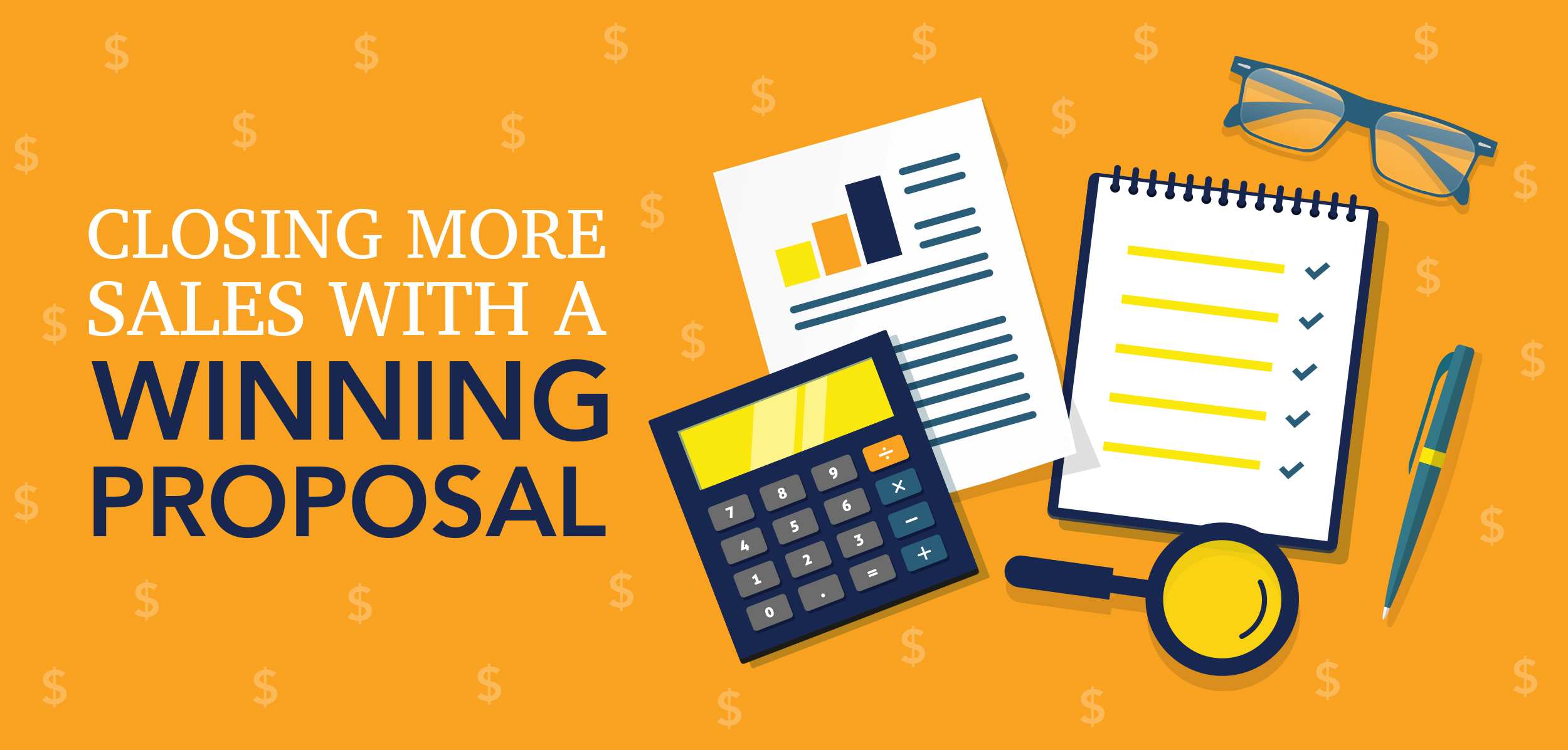
Closing More Sales With A Winning Proposal
Posted on February 28, 2020
-
Category:
- Atlanta Marketing
A proposal is made up of many moving parts. A winning proposal, like a well-oiled machine, is one in which all of its elements work in harmony to produce an optimal result. Here are several components of a successful proposal:
Cover Letter
Start proposals with great cover letters that talk about what you offer and how it can benefit the organization. State that you understand their problem and indicate the type of solution you can provide. Your cover letter should convince them to read the rest of the proposal.
Proposal Process
Before you propose, get to know the potential client and develop a step-by-step approach to the problem they face. Learn the key details of their business, their goals, their customers, and their organizational objectives. When it’s time to draft the proposal, be aware that busy executives want to see specific proof that you can do the work they’re asking for. That’s why it’s smart to put process and cost information ahead of case studies, references, and boilerplate language about qualifications. Give them just enough information to show you’re capable of solving their problem, but don’t leave out essential items like project requirements.
Cost
In addition to engaging content, your proposal should offer competitive pricing. Provide more than one option if you can. Include things like estimated time to completion, revisions, hourly rates, fixed costs, and additional expenses. If you are getting paid using net 30, 60, or 90, can you offer a discount if the invoices are paid early? If an organization wants to be on a retainer, can you give them a certain percentage off? These are several things to consider when providing hard-to-beat pricing. Offer potential clients options they can’t resist.
Timeline
The project timeline illustrates the breadth of the project. It shows what can be accomplished and how it will be done within a certain timeframe. Without project management, a job can get delayed and cause you to lose clients, money, and the potential for future work. The length of a project timeline depends on the deliverables involved, which could be anything from banner ads to long-form reports. Itemize the time to completion for all deliverables.
Experience
Being able to do the type of work that the prospective client needs to have done is vital, and demonstrating your expertise will help build confidence. Include resumes of all team members, listing their education, experience, certifications, awards, and affiliations. Add headshots to give resumes a human touch.
Case Studies & References
Case studies are arguably the most effective content in a proposal. They show that your company can solve specific problems and get measurable results. Similarly, references are valuable because potential clients can find out what did and didn’t go well with previous projects. It’s best to ask for references at the end of a successful project because you are already in the wrap-up communication phase with the client. When soliciting content for case studies and references, be certain that you have prior written permission from clients to use their information.
Visual Design
Your layout, fonts, colors, and imagery should be consistent with your brand. Poor design doesn’t create a good impression even if other elements are appealing. Be sure your content is easy to read. If your competitors are delivering professionally designed proposals with engaging content and you’re not, the competitor will have a higher chance of closing the deal. Make process diagrams and other critical items pop with interesting graphics.
Conclusion
If you would like to increase the odds of winning an important project, now is the time to create professional-looking proposals so that your pursuit efforts won’t cost you extra time or money. We can work with you to create an editable proposal template that promotes your brand’s consistent look and feel. Let us help you close more deals. Contact us today to get started.
